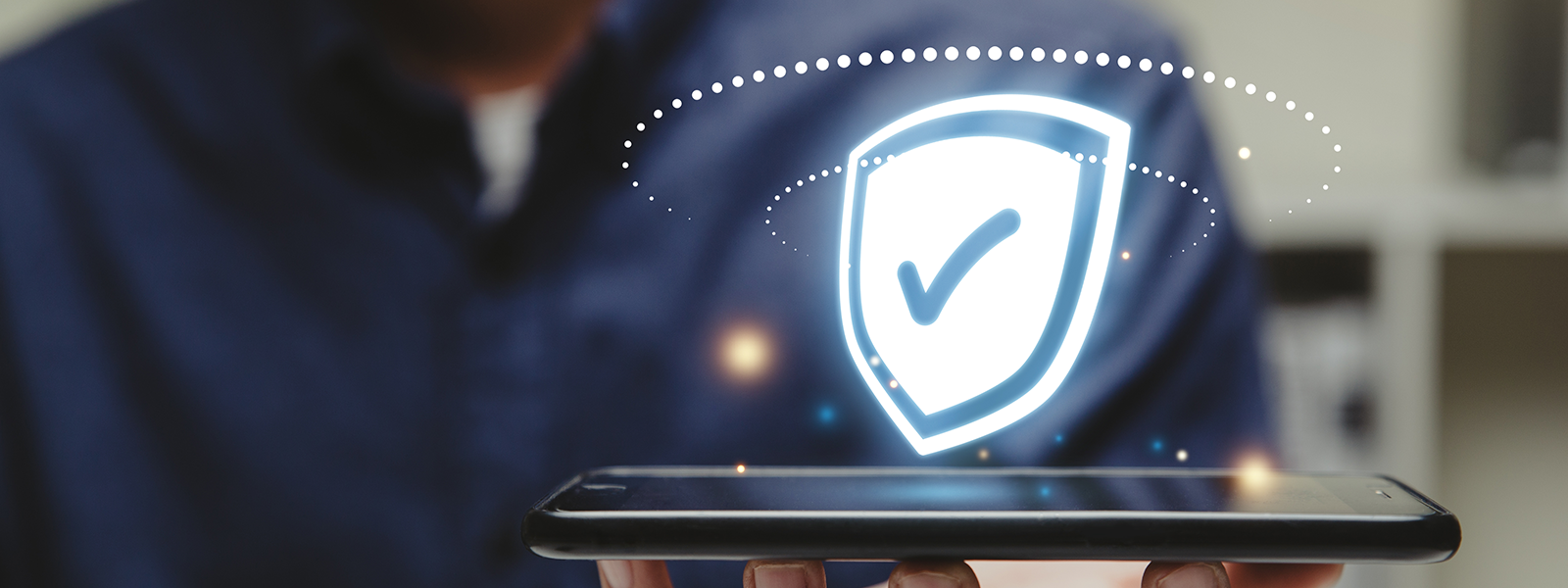The rise of omnichannel has been a long time coming. Since the birth of retail and consumer packaged goods (CPG) in the late 1800s, there have been all kinds of challenges to overcome. Most recently, it's been how to empower customers with self-serve checkout options without completely disrupting the shopping experience. The key is giving customers more control over their buying decisions using technology that makes it easier for them to buy what they want when and where they want it—no matter where they live or work!
-
What does "omnichannel" mean?
-
Who uses omnichannel in stores?
-
How do retailers use omnichannel?
-
Why is there so much emphasis on customer engagement these days?
What is Omnichannel?
Omnichannel is the concept of providing a customer experience that is tailored to their needs, regardless of channel.It is the use of multiple channels, both online and offline, to provide customers with a seamless experience.In retail, omnichannel means providing customers with a seamless experience that includes all the touchpoints they need: from in-store to online and from one device to another. When you think about it, we've been doing this for years! You can buy anything now—even an item in your local grocery store—and have it delivered directly to your door or car, with no need for human interaction between you and the cashier. You could also walk out of your favorite restaurant and have your food ready for you when you get home. Most people do at some point during their day!
But why has this become so popular? Because buying things online has become more convenient than ever before (especially when you compare it to shopping in person), retailers are using omnichannel as a way to improve their customer engagement rates. According to a study done in 2020 by BigCommerce and Retail Dive, 46% of retail executives said they intended to boost their investment in omnichannel commerce going ahead in comparison to their plans before COVID-19.
Omnichannel can be used to manage all aspects of your business—from product development to fulfillment and customer service. Offline omnichannel simply means that you're using more than one channel to interact with customers: You might have an email newsletter that gets sent out regularly, but you also have a physical store where people can come browse and get answers from your staff about what you offer.
It's important to note that not all businesses use omnichannel—some companies may only use online sales for products like electronics or furniture, for example—but many do. Retailers in particular are increasingly looking at ways to improve customer experience by using omnichannel strategies like mobile payments, self-checkout kiosks, and online advertising campaigns.
Companies that don't evolve will lose relevance.
The retail and consumer packaged goods (CPG) industry is undergoing a transformation driven by omnichannel, which means retailers and manufacturers need to be constantly on the lookout for new ways to engage customers at every stage of the buying process—from their first visit through repeat purchases.
The good news? Traditional brick-and-mortar retailers aren't alone in this fight; they're joined by online brands, as well as traditional CPG companies looking to stay relevant in today's changing landscape. As these traditional players adapt—by embracing digital channels like mobile apps or voice assistants—they can create an advantage over those who don't evolve at all or do so too slowly."
Consumers buy products where they want, when they want and how they want.
Consumers are more likely to buy online, in-store, and through third parties. They are also more likely to buy when they have a coupon or discount code, or when there is free shipping available.
-
Set up an e-commerce website that integrates with your brick-and-mortar stores. This will allow you to take advantage of technology like mobile apps and social media platforms that can drive traffic directly into your store from anywhere in the world! You'll be able to offer customers instant access through these channels whenever they want it—and make sure everyone knows about it so no one misses out on savings!
-
Use social media marketing strategies like Facebook ads and Instagram posts so people see what else is going on at your business (and maybe even bring some friends along). By posting regularly throughout the week, you'll be able to get more people interested in visiting their nearest location soon enough...
Data is key for companies to reach customers seamlessly.
Data is the key to understanding how customers want to be reached. You can use data to see what your customers want, how they want it, and where they are at any given moment in time. Data also helps you understand what your competitors are doing, as well as how they're reaching their customers. If you're looking for information about your competitors' online habits and customer preferences, try searching on Google or Bing using terms like: “competitor website xyz” or “competitor social media post yyy.”
If you want information on the demographics of those who follow those accounts (such as age ranges), there are tools available online such as Facebook Audience Insights which allow users to access these reports by making selections within an ad campaign setup page found within Facebook itself - just double click "Audience Insights" under "Ad Setups" section when creating one; also check out Twitter's demographic tool here!
Brand loyalty is still important.
Customer loyalty is still important. Consumers are more likely to buy from a brand they know and trust, so retailers should build customer loyalty through their stores and digital channels.
Brand loyalty drives sales and helps build brand equity in the market.
Why? Because when you go into a store, many things can distract you from shopping: waiting in line at the cash register, having to wait for someone else's order because they're busy taking orders over the phone or online; walking around looking at other items on display; getting distracted by people talking about other products on social media sites like Facebook or Twitter—the list goes on! So why not make sure those distractions don't happen with something as simple as putting up some signs reminding customers where they can find what they came here for (and maybe even providing tips along with them)?
Your supply chain has to be able to support your goals and operations.
When you're creating a supply chain, it's important to keep in mind that your goal is not only to deliver what the customer wants but also to make sure they get it on time and at a competitive price. You also need to provide a good experience when they receive the product and make it easy for them to buy from you again.
You have an effective marketing strategy that includes understanding your customer base, understanding their buying decisions, and predicting what drives competitors' customers' buying decisions. Understanding these factors will help predict how those competitors will react in different situations
Retailers must change with the times when it comes to connecting with customers wherever they are.
You can't assume that your customers will be able to see what you have online, or that they'll have the same kind of information in their hands as they do when they walk into a store. That's why retailers need to have a good data strategy and support their supply chain.
The distribution team needs to know what products are selling well and where they're selling them best—whether in-store or online. They should also understand how customers prefer to receive information about new offerings if at all possible (email blasts? text messages? push notifications?). This knowledge allows companies like Amazon and Walmart (two major players in CPG) to make better decisions about which products should go on sale at which times based on demand for each product type overtime during certain seasons when consumers might want something else instead.* Omnichannel strategies: Companies must also ensure that their omnichannel strategies include an understanding of how people interact with each platform so that messaging sent between channels matches up perfectly (and vice versa). For example: If someone buys clothes online but later visits one of our stores near them then we should still be sending relevant emails telling them about upcoming sales events happening while they wait!
Conclusion
Omnichannel has changed the game for retail and CPG. After all, it is a crucial part of most companies’ businesses strategy today. You can expect this trend to continue in 2023 as companies invest more resources into omnichannel strategies. However, it's important not to forget that there are still many challenges when it comes to delivering great customer experiences through an omnichannel.
One way in which retailers can address these challenges is by investing in advanced technology platforms such as unified communications (UC) and cloud computing systems like Amazon Web Services (AWS). These technologies will enable them to create a seamless customer experience across multiple channels like e-commerce or brick-and-mortar stores without sacrificing any data or functionality!
Another way they can meet demands from customers who expect personalization across all channels is by using data analytics tools like Google Analytics 360 or Adobe Target Audience Intelligence Platform (ATAIP) which help retailers better understand their customers' preferences and how they behave online compared with offline.



